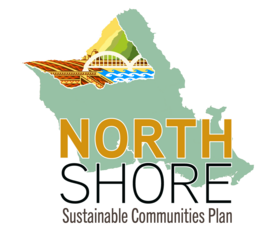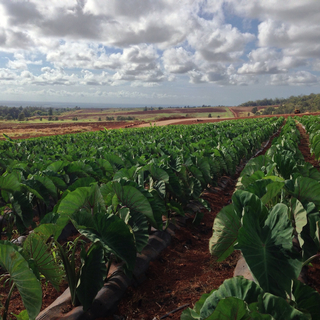
ABOUT THE VIRTUAL OPEN HOUSE:
In addition to virtual community meetings, this virtual open house is the online community engagement platform for the North Shore Sustainable Communities Plan (NSSCP) Comprehensive Review. The virtual open house provides many interactive opportunities for North Shore residents and stakeholders to interact with the Project Team and provide their thoughts and input throughout the planning process. This Community Visioning Workshop looks to take stock of where we are in implementing the 2011 NSSCP Vision, confirm key policy issues to address in the NSSCP update, and get your thoughts on the current Vision and direction for the next 25 years.
HOW TO USE THE VIRTUAL OPEN HOUSE AND PROVIDE INPUT:
There are several ways to participate and provide input on Virtual Open House:
1. View and listen to the recorded video presentations.
2. Fill out discussion surveys or add comments directly to materials posted (commentors will be asked to provide and email address).
3. Submit comments and questions to the Project Team using the comment form.
It is recommended that you register for a free website account at the top of the page to avoid inputting your name and email address as you provide us comments in the Open House.
- SCROLL DOWN TO VIEW THE OPEN HOUSE -
Scroll through and click Play to listen to the audio presentation below.
Rotate phone to view in landscape.
Download the full presentation HERE.

Scroll through and click Play to listen to the audio presentation below.
Rotate phone to view in landscape.

2011 NSSCP Vision
The vision statement for the North Shore describes the desired future conditions in the year 2045 and beyond. Our goal is to confirm or update the 2011 Vision Statement and Vision Elements. Explore the 2011 NSSCP Vision and provide us your thoughts below.
Scroll through and click Play to listen to the audio presentation below.
Rotate phone to view in landscape.




